In order to achieve a lightweight car, the i3 will be the first mass production car to have most of it's internal structure and body being made of carbon fibre reinforced plastic. The BMW i3 has two pedals like all cars with automatic transmission. The accelerator pedal acts as both accelerator and engine brake, when the driver releases the pedal, the vehicle's kinetic energy is regenerated by the vehicle drive train to recharge the battery. This has the effect of slowing the car down. BMW designed the i3 eDrive power train based on the premise that the battery would need to be recharged only once, every two or three days. The charging frequency was derived from field trial results taken from the BMW Active E and MINI E vehicles in Asia, Europe and the U.S.
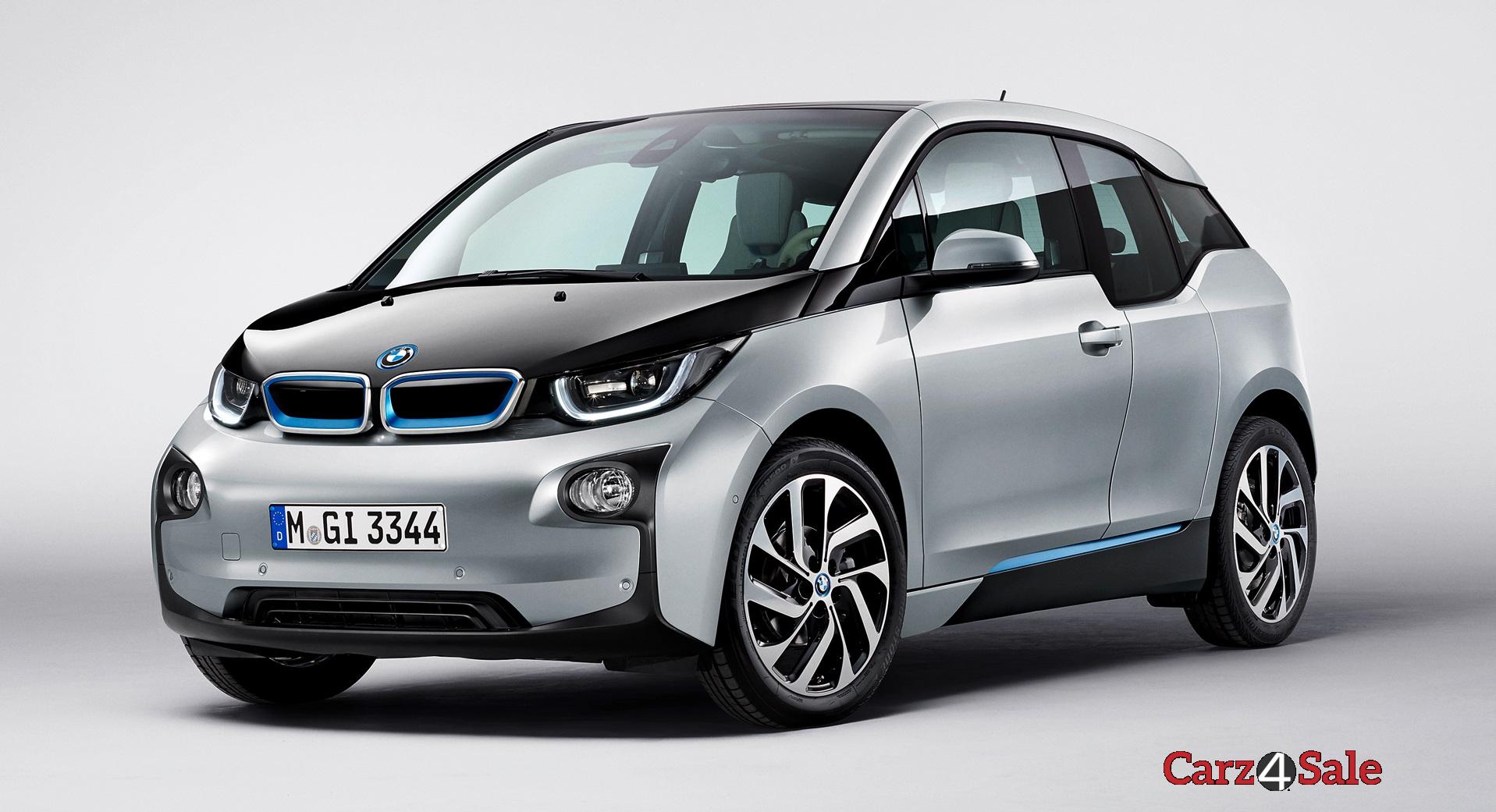
The i3 allows the driver to charge the battery from a conventional socket. The BMW i3 has a number of charging functions. AC fast charging can take less than 3 hours, with the use of the BMW I Wallbox Pure, when charging from 0 to 80%. In the U.S it can be charged from any public charging station, with the right connector. The BMW i3 allows the driver to select the car energy consumption through three different modes; Comfort, Eco Pro and Eco Pro+ modes. BMW also offers a gasoline range extender engine as an option.
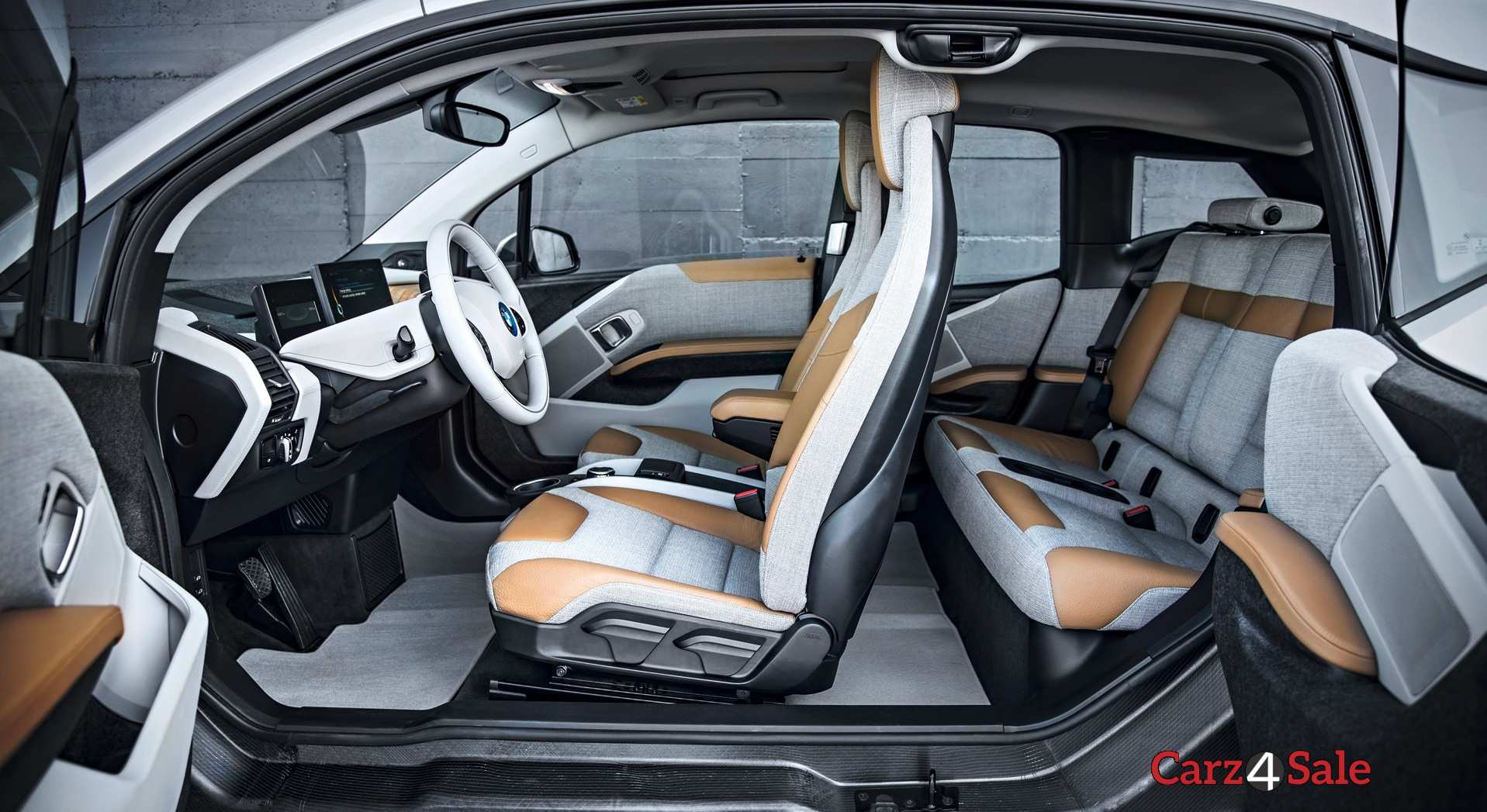
The i3 has been designed from the ground as an EV, which is evident. Tall and narrow proportions give the i3, the look of an MPV rather than a family hatch, but it creates a class of it's own. The bonnet and glass tailgate get a distinctive gloss black finish. Other highlights include the angular window line, swept back headlamps and metallic blue trim for the fairer grille and lower sills. The futuristic feel continues inside, access is easy thanks to the rear hinged doors and lack of a B pillar, although you have to step over the wide sill. Once in, you will be able to enjoy the cleverly packaged and imaginatively designed layout that's easy to use and beautifully finished. The high set drivers seat once in it, the first thing you would notice is the TFT screens which are a pair. One ahead of the driver and one that appears to float above the centre of the dashboard. These units display everything, from speed to satellite navigation information and controlled through BMW's trademark iDrive dial.
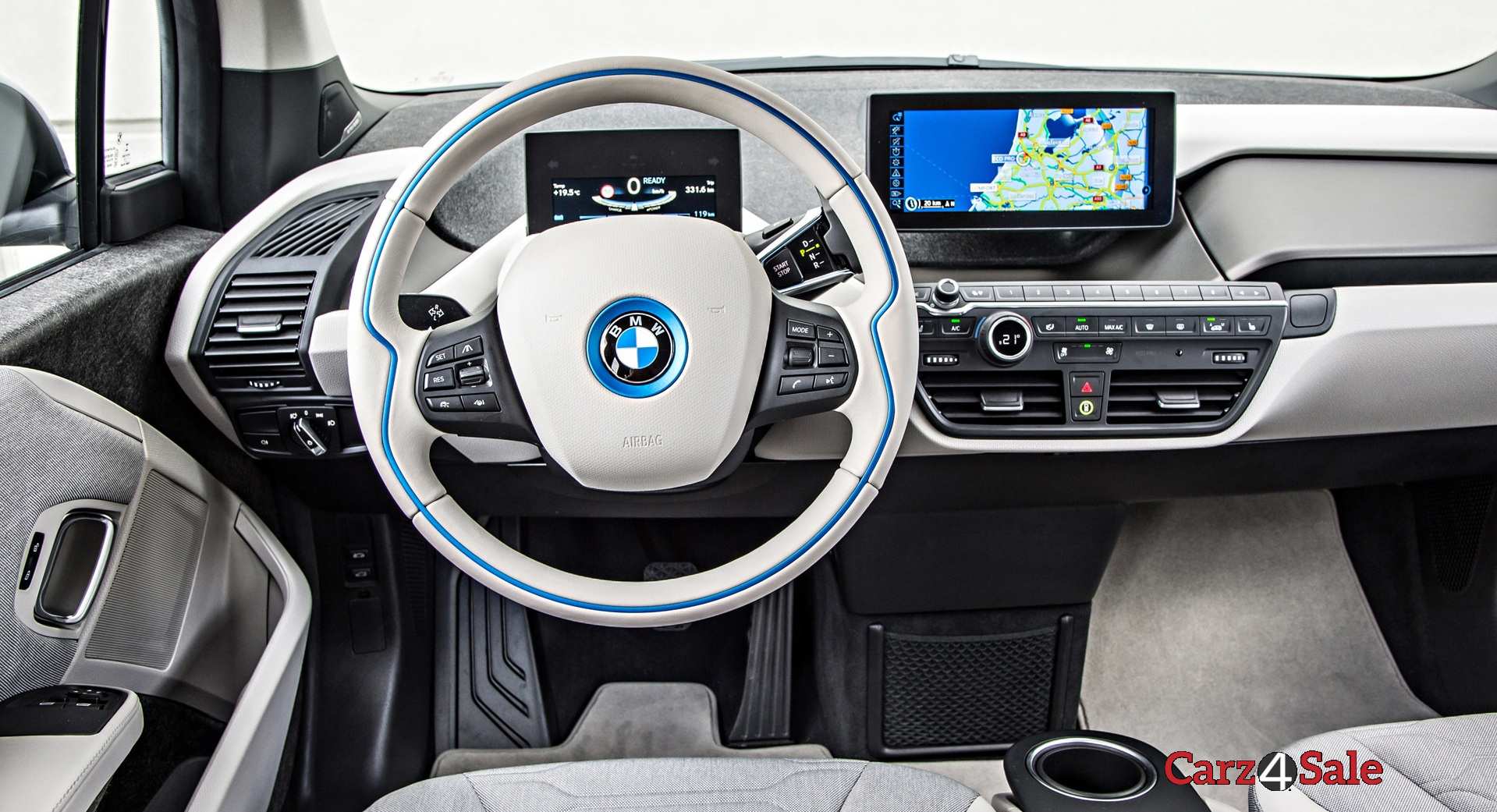
Available for every trim is technology and driving assist and the parking assist packages. The price for this BMW electric breed is slated at $42,275, additional options would change the prices.
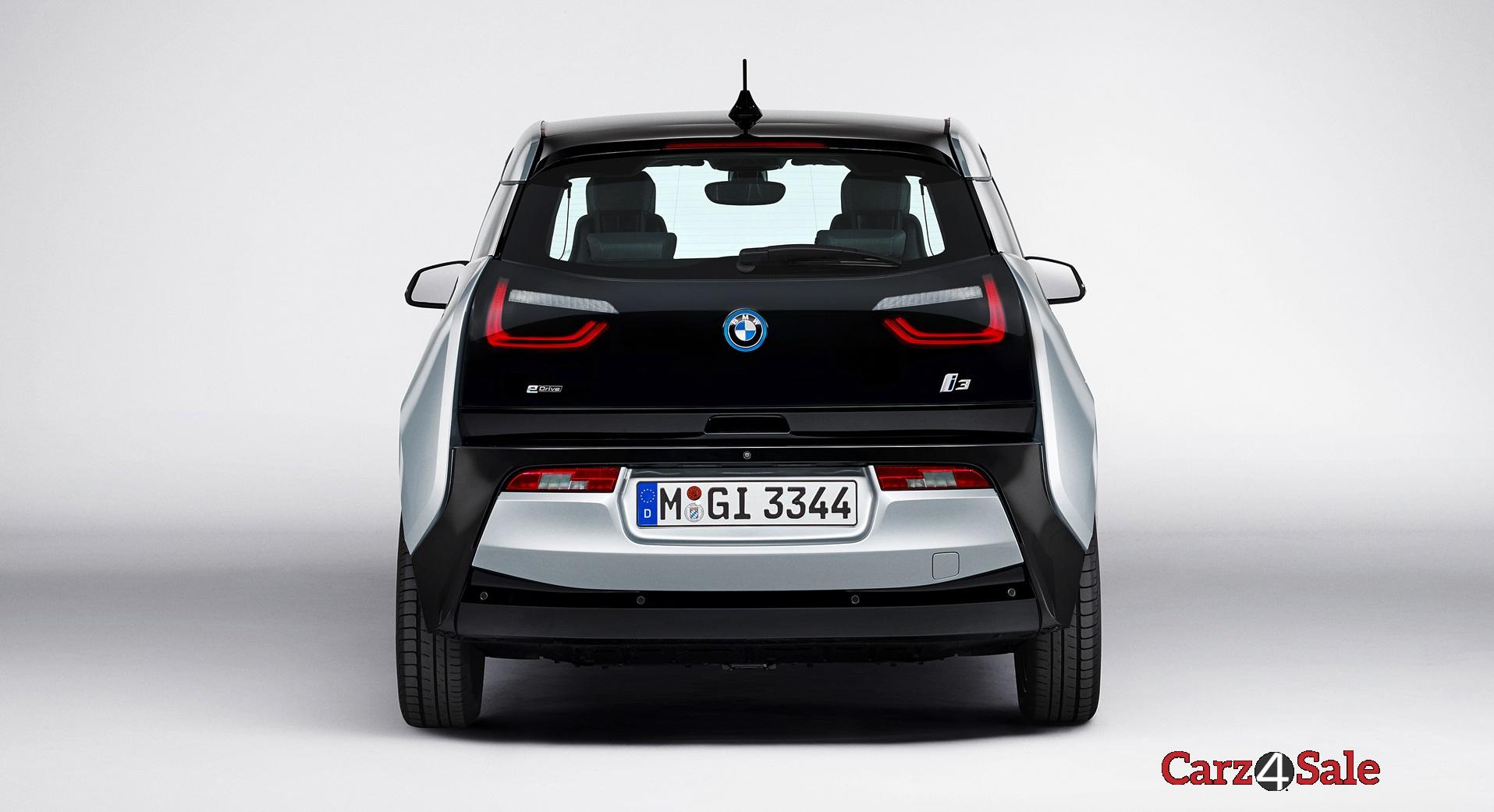








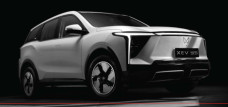

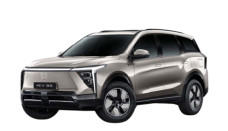
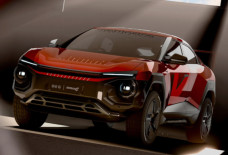
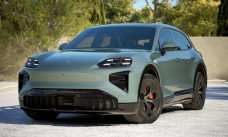

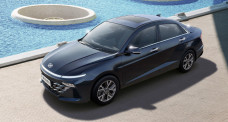 Best Sedan Cars Under 15 Lakh In India
Best Sedan Cars Under 15 Lakh In India Best Car Tyres for Indian Roads: Complete Buying Guide
Best Car Tyres for Indian Roads: Complete Buying Guide Top 5 Cheapest Hatchbacks in India Post-GST Cut (2025)
Top 5 Cheapest Hatchbacks in India Post-GST Cut (2025) India's Top 10 Affordable Compact SUVs After GST Reduction (2025)
India's Top 10 Affordable Compact SUVs After GST Reduction (2025)